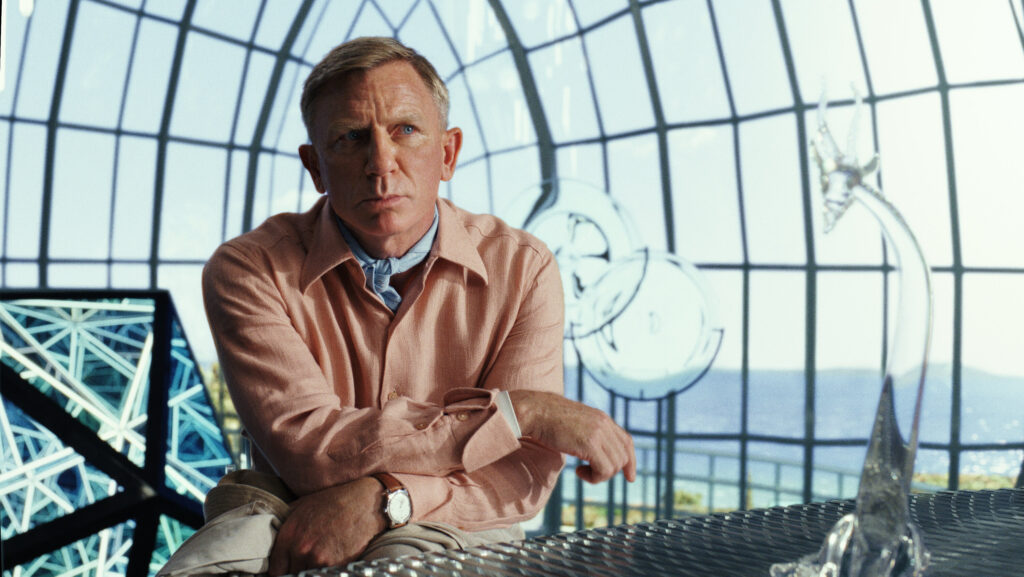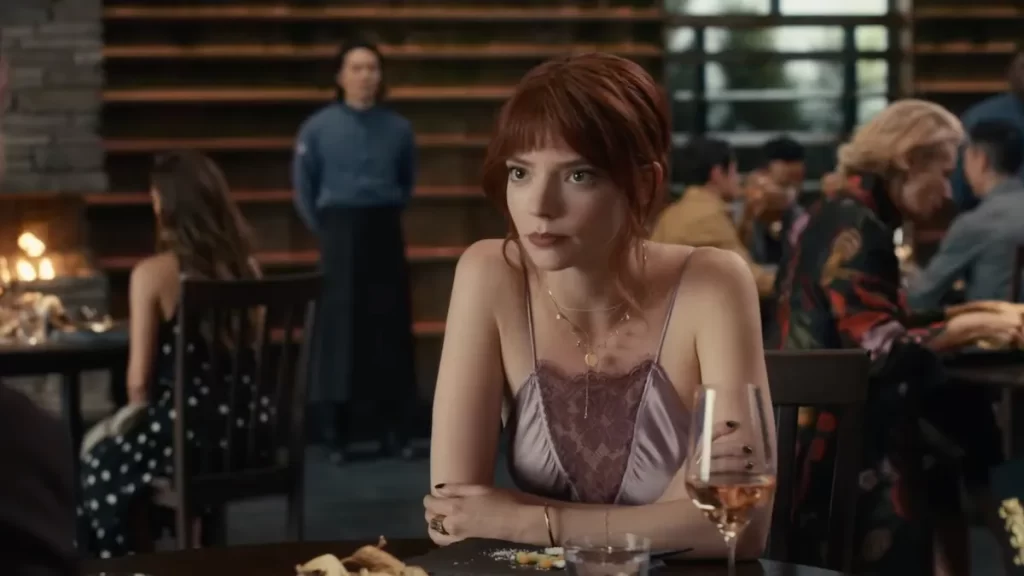M3gan: Hell Comes to the Dollhouse

They say the eyes are windows to the soul, which is why the most expressive anthropomorphic characters in cinema—E.T., Gollum, Wall-E—all sport wide, soulful peepers. But windows work both ways. In M3gan, the sly and spry new horror-comedy directed by Gerard Johnstone, the titular android gazes out into the world through a pair of delicate grey-blue irises, less concerned with comprehending her internal essence than with mapping her external environment. Her vision is rendered like that of an eerily empathetic cyborg—when she sees a person, she instantly analyzes their “Emotional State” and assigns quantitative ratings to various feelings (trust, joy, fear), like a talent scout grading an athlete—but she’s doing more than just gauging behavioral patterns. She is constantly downloading new data and feeding it into her processor, which means she’s learning, judging, evolving.
How, you might wonder, will such a creature ultimately regard our society? Then again, you might not wonder that, because if you’ve seen any previous entry in the child-doll subgenre of horror, you already know. Yet while M3gan’s predictable plotting rarely deviates from its predecessors’ silly and shrieky playbook, it is nevertheless a thoroughly enjoyable diversion—smart, funny, and even a mite provocative. Read More




